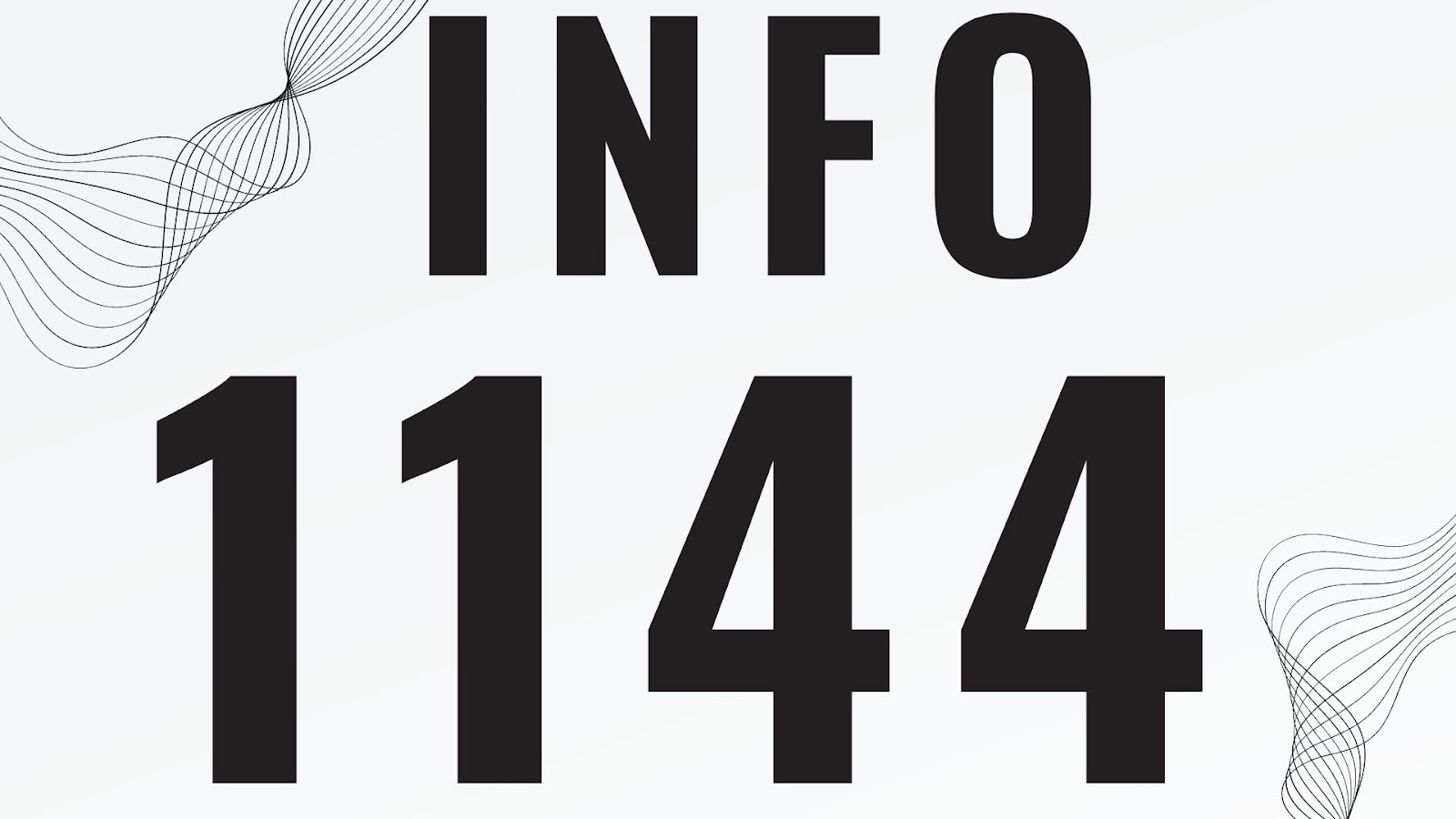Atmospheric Research:
- Weather Balloons: Instruments attached to weather balloons are used to measure atmospheric parameters such as temperature, humidity, and pressure at different altitudes. This data is crucial for weather forecasting and climate research.
Space Exploration:
- High-Altitude Balloons: Balloons can be used to carry scientific instruments to the upper atmosphere for experiments and observations. They provide a cost-effective way to reach high altitudes for scientific purposes.
Astronomy:
- Stratospheric Balloons: Telescopes and other observational instruments can be lifted into the stratosphere using balloons, providing a stable and relatively low-cost platform for astronomical observations. This is particularly useful for studying cosmic phenomena.
Communication Technology:
- Stratospheric Communication Balloons: Companies have experimented with high-altitude balloons to provide wireless communication in remote or disaster-stricken areas. These balloons can act as temporary communication relays.
Environmental Monitoring:
- Sensor Platforms: Balloons equipped with sensors can be used for environmental monitoring. They can collect data on air quality, pollution levels, and other environmental parameters.
Scientific Education:
- STEM Education: Balloon launches are often used in educational settings to teach students about scientific principles, data collection, and analysis. Students can design experiments to be carried out on balloons.
Antarctic Research:
- Stratospheric Balloons in Antarctica: Balloons are employed in Antarctica to carry scientific payloads for studying cosmic rays, magnetic fields, and other phenomena. The extreme conditions in Antarctica make balloons a useful platform for certain experiments.
Aerodynamics Research:
- Balloon-Assisted Launches: High-altitude balloons have been used to launch small satellites and scientific payloads into the upper atmosphere. This provides a less expensive alternative to traditional rocket launches for certain experiments.
Medical Research:
- Biomedical Experiments: Balloons can be used to carry medical research payloads to high altitudes for experiments related to human physiology, radiation exposure, and other factors relevant to space travel.
Earth Observation:
- Remote Sensing: Balloons equipped with remote sensing instruments can be used for Earth observation. They can capture data on land cover, vegetation health, and other environmental factors.
Balloons offer a versatile and cost-effective platform for various scientific endeavors, particularly in areas where traditional methods might be more expensive or impractical.


0 Comments
Thanks for comment.